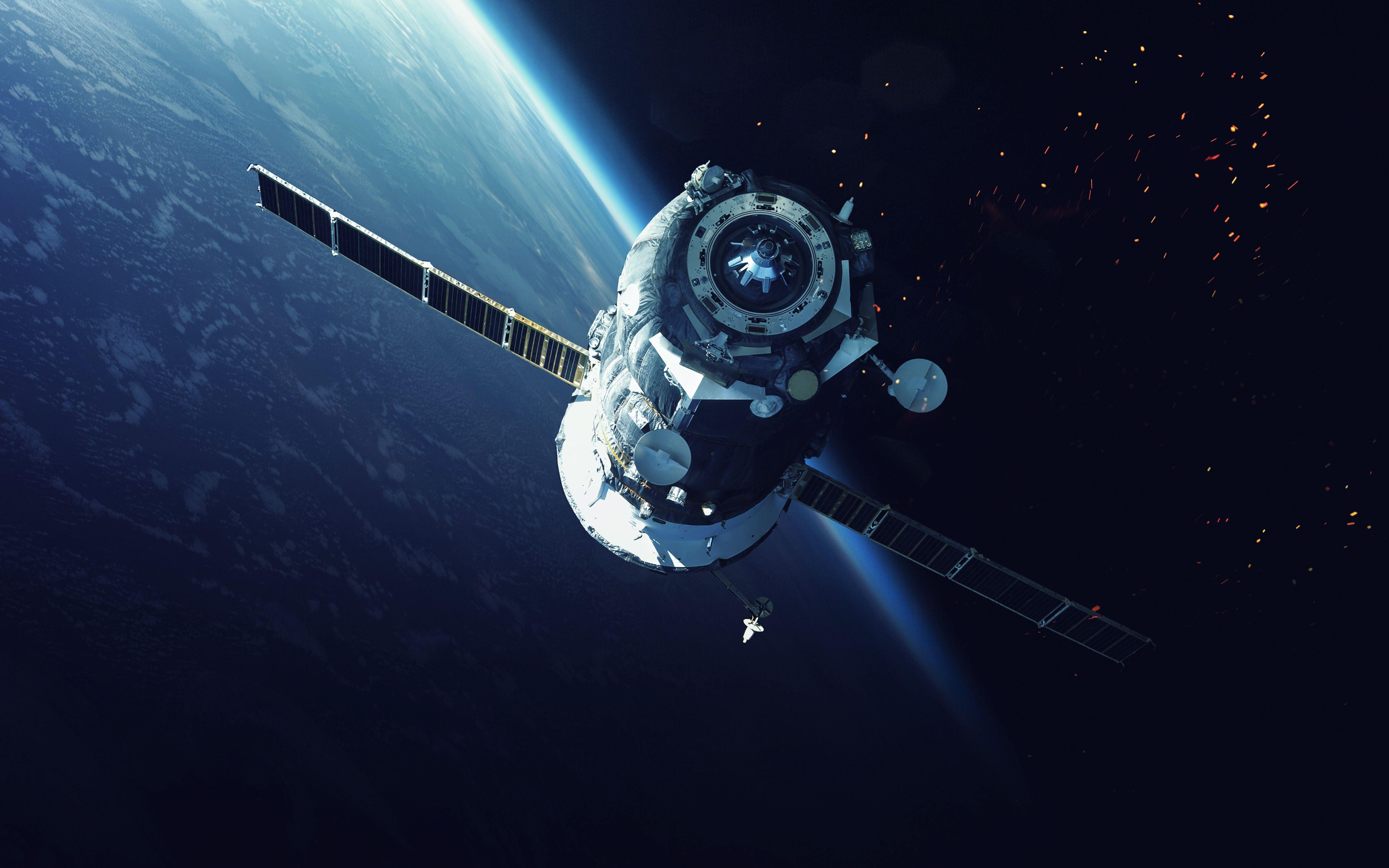

Primary radar determines a plane's position by bouncing signals off the aircraft.

The technology will both send and receive broadcasts from aircraft, giving flight information such as speed, position and altitude. The equipment could replace secondary radar and help improve safety by providing more accurate positions and better surveillance. The satellite flight patterns reveal where to find peace and quiet from screaming jet engines: the Sahara, the Himalayas, Madagascar, Alaska's Brooks Range and, perhaps, a bare patch of Nevada desert (presumably the system isn't tracking military jets, which often buzz this corner of the Southwest).ĪDS-B signals are part of a new satellite tracking system that is being phased in worldwide for the commercial aviation industry.


 0 kommentar(er)
0 kommentar(er)
